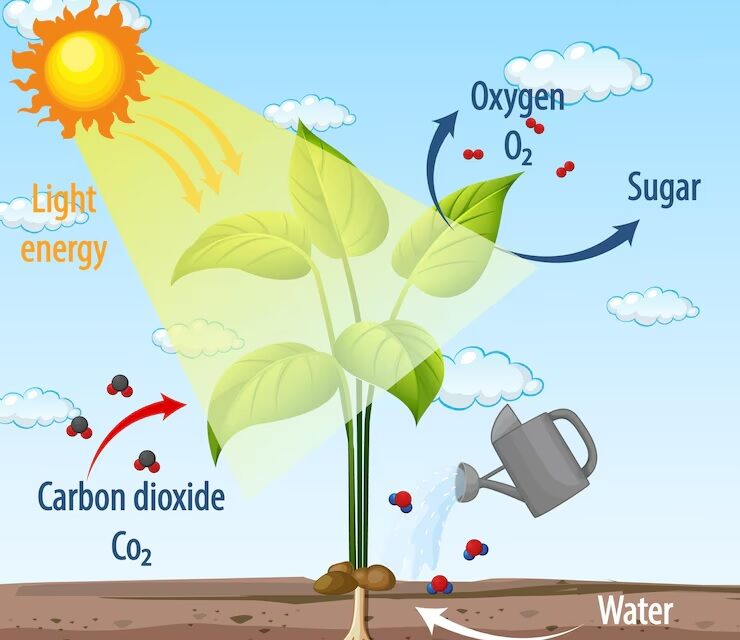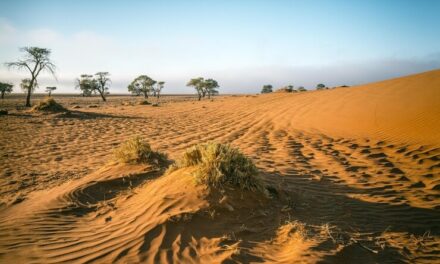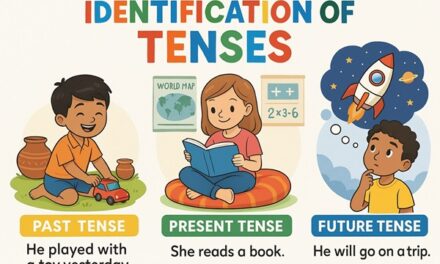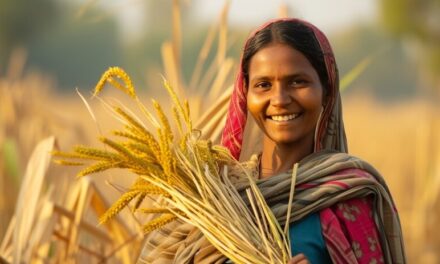Plants are remarkable organisms that have their own way of preparing and storing food. Through a process called photosynthesis, plants use sunlight, water, and carbon dioxide to create glucose, which serves as their primary source of energy. This process mainly occurs in the leaves, where specialized structures called chloroplasts contain chlorophyll, the pigment responsible for capturing sunlight. Once glucose is produced, plants utilize it for immediate energy needs or convert it into starch for storage. Starch is stored in various plant parts, such as roots, tubers, seeds, and fruits, providing a reserve of energy for times when sunlight is scarce, like during the night or winter. Additionally, plants produce oils, proteins, and other nutrients for growth and development. These stored foods help plants survive adverse conditions and support their growth and reproduction, ensuring their continued survival in the ever-changing environment.
The worksheet covers the following topics-
Photosynthesis
Chlorophyll
Food for plants
Parts of a leaf- vein, midrib, stomata
How do plants use their food
Some unusual plants
Energy flow in living things
Animals and Plants depend on each other
Balance in nature
These questions aim to explore various aspects of how plants store and prepare food, connecting concepts like photosynthesis, adaptations, human use, and environmental impacts. They explore the interconnected relationship between plants and animals in ecosystems, emphasizing how they rely on each other for food and how human activities can influence this delicate balance. They encourage critical thinking and application of scientific knowledge at a grade 4 level.

















